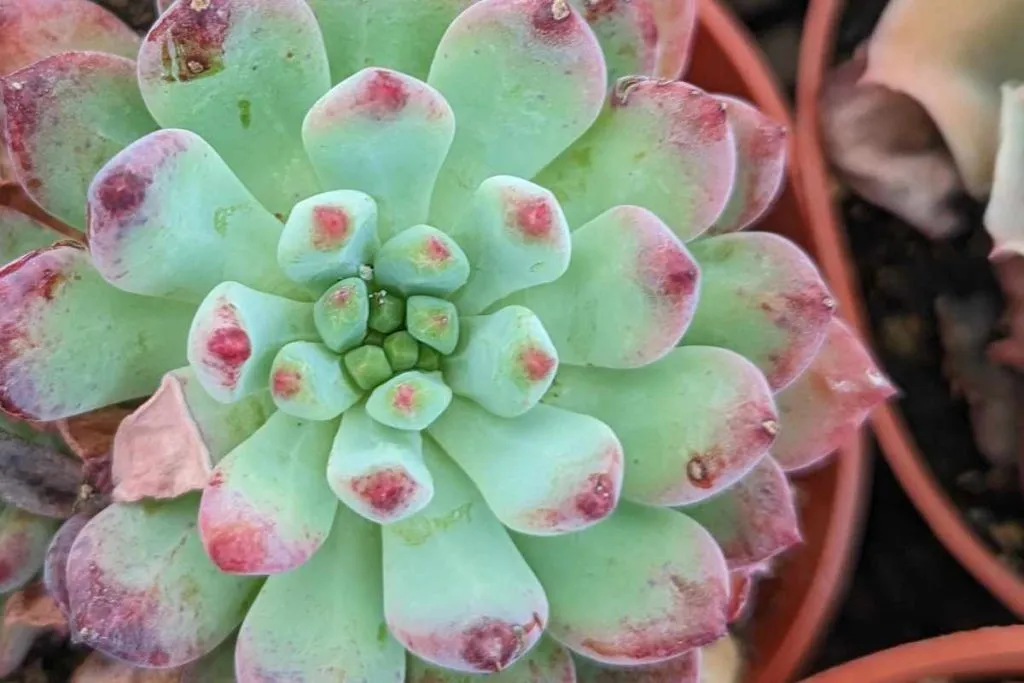Epsom Salt in Gardening: What Plants Don't Like Epsom Salt and Just How to Readjust
Epsom Salt in Gardening: What Plants Don't Like Epsom Salt and Just How to Readjust
Blog Article
Find Out About the Certain Plants That Are Adversely Impacted by Epsom Salt Application
Epsom salt, a preferred household solution for different horticulture problems, is commonly commended for its useful results on plant development. Nevertheless, not all plants react favorably to its application. Understanding the specific plants that can be negatively impacted by Epsom salt is critical for any gardener seeking to maximize their plant treatment routine. Roses, tomatoes, azaleas, rhododendrons, and peppers are simply a couple of instances of plants that might not react well to Epsom salt. The factors behind these damaging effects and how to mitigate them are vital understanding for preserving a flourishing yard.
Roses

Roses, specifically delicate to modifications in their atmosphere, can be negatively impacted by the application of Epsom salt. While Epsom salt is commonly made use of as a fertilizer to promote plant development and boost flowering, roses are among the plants that do not react well to its application. The high magnesium content in Epsom salt can disrupt the uptake of various other important nutrients by the rose plants, bring about shortages that materialize as yellowing leaves or stunted growth.

Tomatoes
Tomatoes, known for their versatility in cooking applications, can show unfavorable results when exposed to Epsom salt due to their specific nutrient needs. While Epsom salt is often promoted as a solution for numerous plant problems, consisting of blossom end rot in tomatoes, its application can result in destructive outcomes otherwise used judiciously. Tomatoes are hefty feeders that need a balanced consumption of nutrients, especially calcium, to grow. Extreme Epsom salt, which is magnesium sulfate, can interfere with the delicate nutrient balance needed by tomatoes, possibly leading to deficiencies in other crucial nutrients like calcium. This imbalance might materialize in signs and symptoms such as stunted development, yellowing leaves, and even decreased fruit manufacturing in tomatoes. For that reason, when thinking about the usage of Epsom salt on tomatoes, it is critical to follow advised application rates and soil testing to avoid unexpected effects on the general health and productivity of these beloved yard plants.
Peppers
Peppers, revered for their different colors and degrees of spiciness, can demonstrate sensitivity to adverse effects from Epsom salt when not used with care and factor to consider for their certain nutritional requirements. what plants don't like epsom salt. Peppers, coming from the Solanaceae household, require a fragile balance of nutrients to prosper. While Epsom salt is recognized to increase magnesium degrees in plants, extreme application can interrupt this equilibrium, resulting in adverse results on pepper plants
When peppers are exposed to high degrees of magnesium from Epsom salt, it can interfere with the plant's ability to take in various other crucial nutrients like calcium and potassium. This imbalance might manifest in symptoms such as leaf staining, stunted growth, and minimized fruit manufacturing. In addition, the excessive magnesium can alter the dirt pH, more worsening nutrient uptake concerns for peppers.

Rhododendrons
Provided the level of sensitivity of certain plant species to inequalities created by Epsom salt, it is necessary to take into consideration the effect on Rhododendrons, which also need specific nutrient degrees to prosper. Rhododendrons are acid-loving plants that prefer acidic dirt conditions with a pH range in between 4.5 and 6.0. check my source Epsom salt, chemically understood as magnesium sulfate, can modify the dirt pH and interfere with the fragile equilibrium of nutrients essential for Rhododendron health.

To keep the ideal growth and health and wellness of Rhododendrons, it is important to avoid the unplanned usage of Epsom salt and rather focus on offering the specific acidic dirt conditions and nutrients that these plants need for thriving.
Azaleas
Azaleas, understood for their dynamic blossoms and broad variety of colors, are ornamental helpful resources shrubs that belong to the Rhododendron category. These popular blooming plants are typically found in parks, landscapes, and gardens due to their elegance and adaptability. Azaleas are delicate to changes in dirt pH levels, which can dramatically affect their development and general health and wellness. While Epsom salt is commonly used as a solution for magnesium deficiency in plants, its application to azaleas can have negative impacts.
Azaleas like a little acidic soil conditions, and an extra of magnesium from Epsom salt can disrupt this balance, leading to nutrient imbalances and potential toxicity issues. The wrong application of Epsom salt can result in stunted development, yellowing of leaves, and overall decline in the health of azaleas.
Conclusion
To conclude, it is necessary to be conscious of the details plants that can be negatively influenced by the application of Epsom salt. Roses, tomatoes, rhododendrons, azaleas, and peppers are some instances of plants that might not take advantage of Epsom salt and could even experience injury. It is essential to study and comprehend the demands of each plant species before making use of Epsom salt as a fertilizer to ensure their health and wellness and wellness.
Understanding the certain plants that can be detrimentally affected by Epsom salt is crucial for any type of garden enthusiast looking to maximize their plant treatment routine. While Epsom salt is generally used as a fertilizer to promote i thought about this plant growth and improve blooming, roses are one of the plants that do not react well to its application.Extreme use of Epsom salt can likewise result in a build-up of salts in the soil, leading to root damage and dehydration of the rose plants. While Epsom salt is recognized to improve magnesium levels in plants, too much application can disrupt this equilibrium, leading to adverse impacts on pepper plants.
The high salt content in Epsom salt can additionally dehydrate Rhododendron roots, causing additional anxiety and damage to the plant. (what plants don't like epsom salt)
Report this page